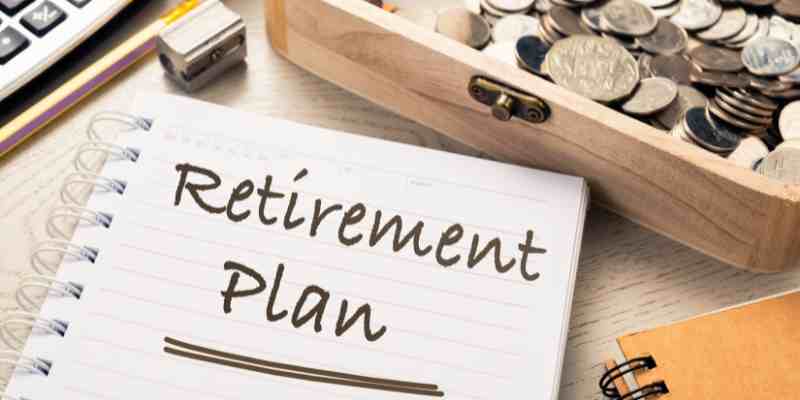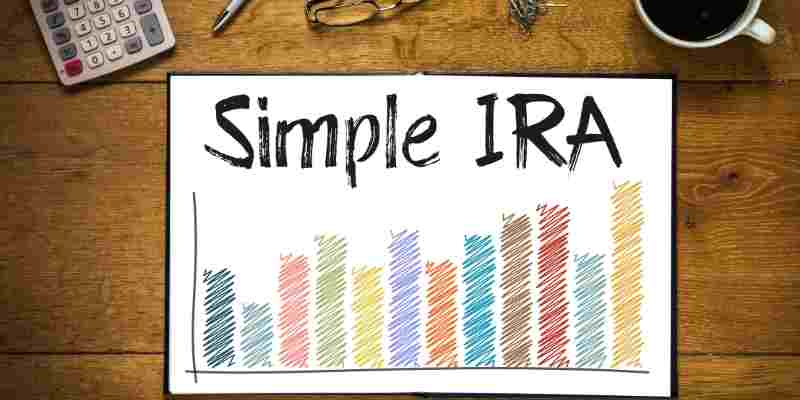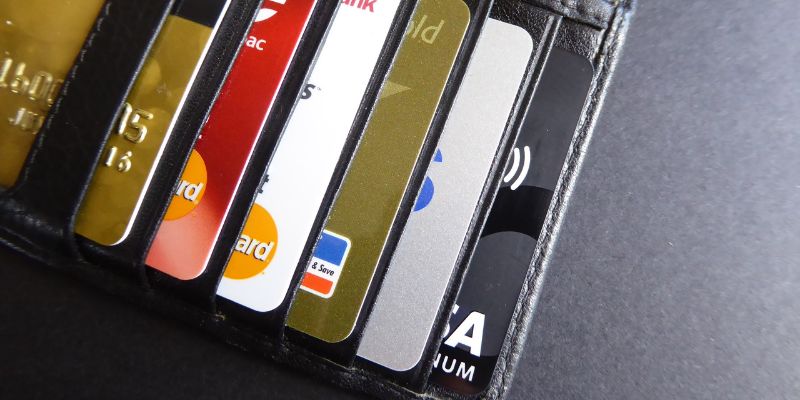The Best Retirement Plans for the Self-Employed
Do you work for yourself? Did you realize that you possess numerous identical possibilities for tax-deferred pension savings as individuals who take an interest in corporate schemes? Although working for yourself allows you flexibility, it doesn't offer you a pass on pension savings. For those who are self-employed and close to retiring, there is a variety of retirement alternatives accessible. We have a variety of retirement programs with essential features, which we will cover in this brief article. View the retiree program for self-employed people below.

Five self-employment retirement strategies
- Roth or traditional IRA
- SEP IRA
- Defining benefits plan
- Solo 401(k)
- SIMPLE IRA
Roth or traditional IRA
Self-employed folks aren't the only ones who can donate to traditional and Roth IRAs; freelance contractors and organization owners are also eligible. You can offer tax-deductible donations to traditional IRAs and generate after-tax deposits to Roth IRAs, where the capital grows tax-free. The organizational overhead is minimal, you make contributions to the funds on your behalf instead of on behalf of your workplace, and the cumulative donation cap for regular and Roth IRAs in 2021 and 2022 is $6,000 per year. Your maximum donation amount rises to $7,000 if you are 50 or older, thanks to a $1,000 catch-up donation available to you.
There are revenue restrictions if you or your partner have a connection to an alternative job pension scheme. If you go over them, neither tax-deductible traditional IRA contributions nor contributions to Roth IRAs are available.
Sep IRA
For minor organization founders and independent contractors, an IRA, known as a simplified employee pension plan, or SEP plan, is available. A SEP scheme gives company operators a straightforward way to invest both their own and the financial assets of their staff. Each program subscriber has a SEP IRA that receives deposits.
The option to make more enormous annual contributions under a SEP plan than a standard IRA may appeal to self-employed business owners. As with a typical IRA, consumers may deposit up to 25% of their net income, and funds in a SEP plan are subject to taxation once they are redeemed.
Despite the framework self-employed individuals go for, it's crucial to consult with a monetary expert who can assist you in developing a retirement program that is suitable for your specific circumstances. You'll be in a strong posture if you commence off gradually and make minor improvements to your economic strategies over time. This will help you both in your domestic and professional life.
Defined benefit plan
A defined benefit plan, also known as a DBP, is a pension program provided by businesses that pay out retirees a certain amount each month. This payment is often determined by the individual's income and several years of employment. In contrast to alternative private pensions, like a 401(k), the DBP does not measure the personnel contributions on the amount of money deposited into the bank.
DBPs have the apparent advantage of guaranteeing a fixed retirement payout irrespective of economic fluctuations. This sum will remain the same as long as the organization can keep providing the plan. DBPs are proving to be less prevalent in America due to their steadiness; although they provide a feeling of safety, alternative retiring solutions are also viewed as less inventive than they are.
Solo 401(K)
While solo 401(k)s feature significant donation limits and are equivalent to employer-provided plans, they also have significant organizational responsibility, and specific trading companies may levy fees. If you possess staff outside your partner, you are not eligible to contribute to these programs. Yet, you can choose between a Roth IRA and a standard 401(k); both permit you to add value in pre-tax contributions (but which allow tax-free withdrawals in retirement).
A solo 401(k) allows for deposits from employers and employees, with a cap of $57,000 in 2020 and $58,000 in 2021. The overall donation maximum will increase to $63,500 in 2020 and $64,500 in 2021 if the contributor is 50 years of age or older and qualifies for an extra $6,500 catch-up allocation. Following is an overview of the donations:
- Up to $19,500 in salary. As an employee, you can also make catch-up payments. The restrictions apply to both 2020 and 2021.
- Up to 25% of net self-employment revenues, or a threshold of $58,000 in 2021 or $61,000 in 2022, if you're an entrepreneur. The net profit less your SEP donation (not including any catch-up contributions) and half of your self-employment levies are what is known as your net self-employment revenue.
You can provide the same repayments for both of you if you have a spouse who works for and receives revenue from a similar organization.
SIMPLE IRA

Limited businesses with less than 100 individuals and self-employed lone owners can benefit from a spending incentives match scheme for workers or SIMPLE IRA. The SIMPLE IRA enables qualified personnel to make pre-tax contributions to the program in part. Therefore, the tax on your assets will only be due if the money is dispersed upon retirement.
Because there is a specific departure charge associated with SIMPLE IRAs, you should consider whether you intend to withdraw within the first two years of enrollment. In addition to taxes, a typical IRA has an early withdrawal penalty of 10%. But with a SIMPLE IRA, it can be up to 25%.
Final remarks
These programs offer tax benefits for contributors, but each has unique guidelines, specifications, and participation caps. It's crucial for independent contractors and individuals in the gig industry to select the kind (or types) that best suit their requirements and adhere to IRS contribution regulations.


